Largest LLM in the world: A large language model (LLM) is a type of artificial intelligence trained to understand and generate human-like text. It learns from billions of words found in books, websites, and other sources. LLMs can answer questions, write essays, translate languages, and even solve math problems. They are built using neural networks called transformers, which enable the model to understand how words relate to one another. As of 2025, the largest and most advanced LLM is OpenAI's GPT-5. It is part of the powerful o-series, including the o3 model, which cracked the ARC-AGI benchmark—a significant milestone in AI reasoning.
GPT-5 has over 1.5 trillion parameters, making it one of the most complex models ever built. These parameters are like tiny switches that help the model make decisions. The global LLM market is booming. In North America alone, it's expected to reach $105.5 billion by 2030. This shows how vital and fast-growing this technology is.
List of 5 Major Large Language Models in the World
According to the official websites of these top-performing LLMs, here's the list of the largest language models in the world. These models are constantly improving their large language models to become more advanced.They do this by training the models on massive amounts of data and constantly researching new ways to make them reason and learn.
| S. No | Model | Country | Developer |
| 1 | GPT Series (e.g., GPT-4o, GPT-5) | United States | OpenAI |
| 2 | Gemini Series (e.g., Gemini 1.5 Pro, Gemini 2.0 Flash) | United States | Google DeepMind |
| 3 | Claude Series (e.g., Claude 3.5 Sonnet, Claude 4 Opus) | United States | Anthropic |
| 4 | Llama Series (e.g., Llama 3.1, Llama 4 Scout) | United States | Meta AI |
| 5 | Mistral Series (e.g., Mistral Large, Mixtral) | France | Mistral AI |
| 6 | DeepSeek Series (e.g., DeepSeek R1, DeepSeek-V3) | China | DeepSeek |
| 7 | Qwen Series (e.g., Qwen-2.5-72B, Qwen-2.5-Coder) | China | Alibaba Cloud |
| 8 | Grok Series (e.g., Grok-3, Grok-1.5V) | United States | xAI |
| 9 | Falcon Series (e.g., Falcon 180B, Falcon 2) | United Arab Emirates | Technology Innovation Institute (TII) |
| 10 | Krutrim | India | Krutrim |
1. GPT-5
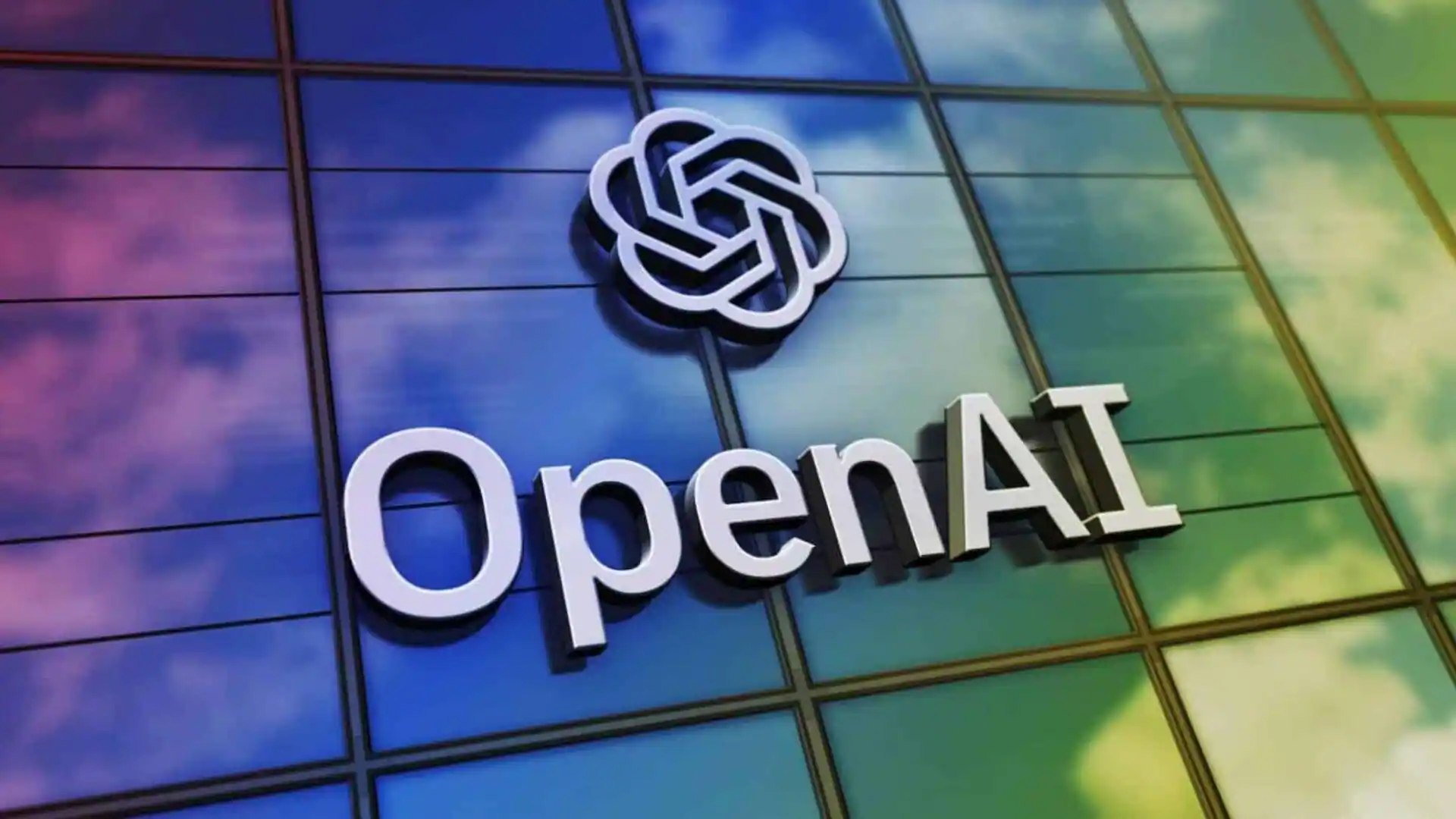
GPT-5, the latest flagship model from OpenAI, represents a significant leap forward in AI capabilities. It is a highly advanced, multi-modal model, capable of processing and generating text, images, audio, and video. GPT-5 is designed to offer enhanced reasoning, with a dedicated "reasoning" model for complex problem-solving.
It demonstrates state-of-the-art performance across a wide range of benchmarks, including a reported Z-score of 1.38 for coding tasks and an improved ability to generate complex, coherent multi-step outputs. Its "omni" capabilities allow for real-time human-computer interaction with low latency, making it feel more like a natural conversation.
2. Gemini 1.5 Pro
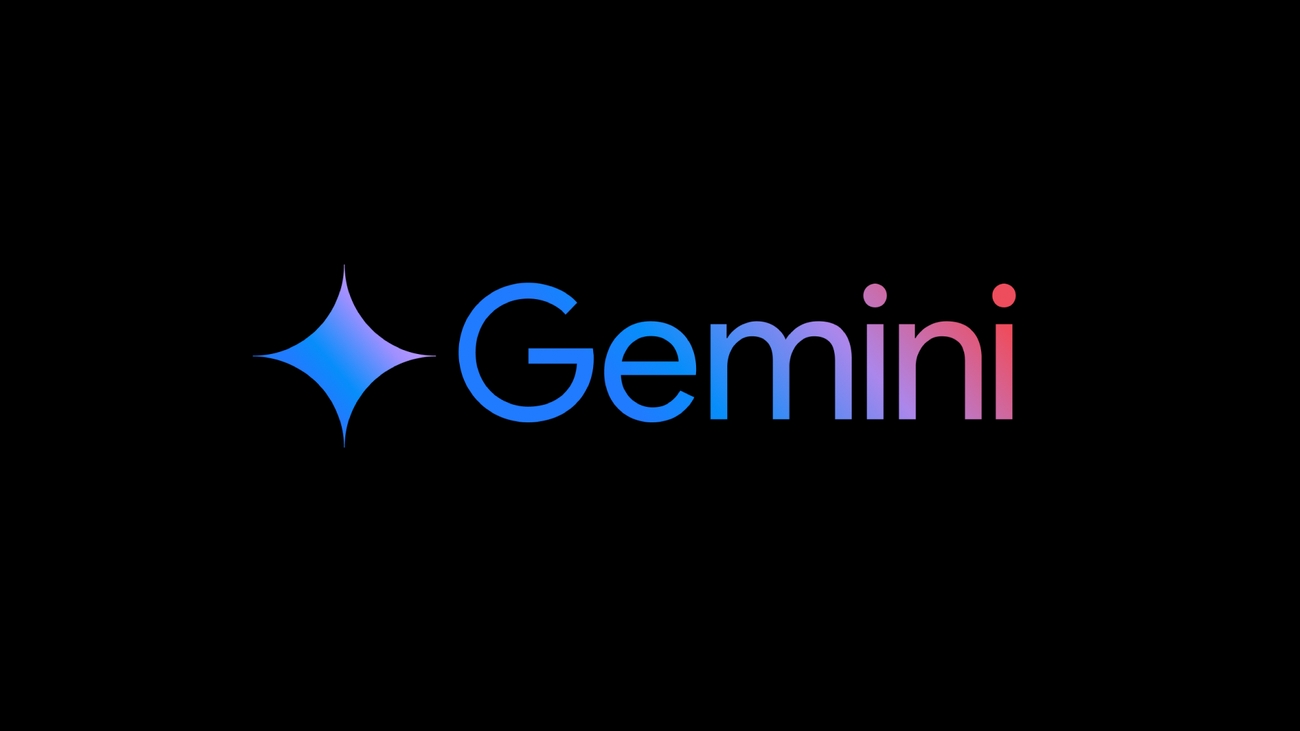
Google DeepMind's Gemini 1.5 Pro is a competent and efficient multi-modal model known for its extraordinary context window. It can process a massive context of 1 million tokens, which is equivalent to approximately 700,000 words, a 45-minute video, or 8.4 hours of audio.
This enables it to perform complex tasks on long-form content, such as summarising an entire novel or analysing an extensive codebase. A "needle-in-a-haystack" test showed it could recall specific information with near-perfect accuracy (over 99.7%) within a 1 million token context. This model is a prime example of Google's focus on long-context understanding.
3. Claude 3.5 Sonnet
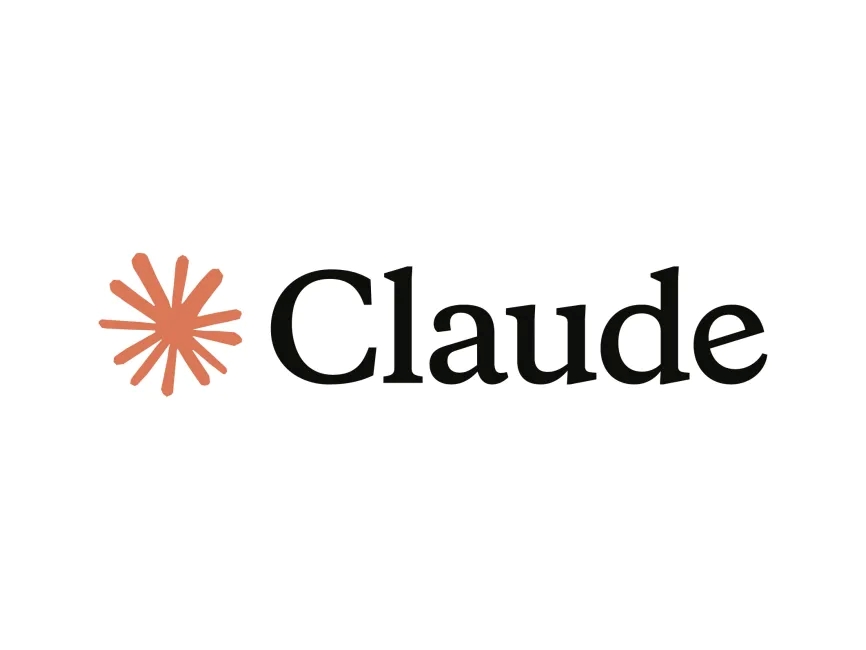
Anthropic's Claude 3.5 Sonnet stands out as a top-tier proprietary model, balancing strong performance with speed and cost-efficiency. It excels at complex reasoning and has a context window of 200,000 tokens, which is double that of its predecessor.
In the graduate-level reasoning benchmark GPQA, Claude 3.5 Sonnet scored 59.4%, outperforming GPT-4o's 53.6%. The model is known for its strong performance on coding tasks and its ability to understand nuanced, long-form instructions. It represents Anthropic's commitment to building safe, responsible, and highly capable AI.
4. Llama 3.1
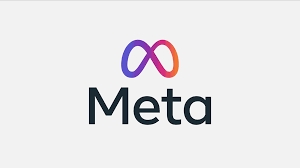
Llama 3.1 from Meta is a family of open-source models, widely regarded for their strong performance and accessibility. It comes in various sizes, including 8B, 70B, and a massive 405B parameter version. A key feature is its expanded context window of 128,000 tokens, a significant increase from previous iterations.
The models are trained on a massive 15 trillion-token dataset and have been fine-tuned using supervised fine-tuning (SFT) and reinforcement learning with human feedback (RLHF) to align with human preferences. Llama 3.1 is a cornerstone of the open-source AI community.
5. Mistral Large / Mixtral
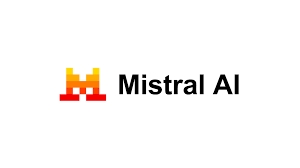
Mistral AI, a leading European player, has gained prominence with its efficient and powerful models, particularly the Mixture-of-Experts (MoE) model, Mixtral. Mixtral 8x7B has a total of 45 billion parameters, but its unique architecture enables it to use only 13 billion "active" parameters for each token during inference.
This results in faster processing and higher throughput. Mistral Large is a proprietary model that builds on this success. The models are known for their strong performance in multilingual, mathematics, and code generation benchmarks, often outperforming much larger competitors.
What are LLMs (Largest Language Models)?
An LLM, or Large Language Model, is a very advanced type of computer program that is great at understanding and creating human-like text. Think of it as a superpowered brain that has read an enormous amount of information from the internet, books, and articles.
Due to this extensive training, it can perform a wide range of tasks with language. For example, it can answer questions, write essays, summarise long articles, translate languages, and even write computer code.
It works by predicting what the next word in a sentence should be, based on all the patterns it learnt from the data it was trained on. The word "large" refers to the massive amount of data it was trained on and the billions of "parameters", or connections, it has, which allow it to handle complex tasks.
LLMs are a form of deep learning, typically built on a neural network architecture called a "transformer". This architecture allows them to process and analyse long sequences of text, paying attention to the most important parts of the input to produce a coherent and relevant output. They are the core technology behind many of the generative AI applications we see today, such as chatbots, content creation tools, and code generators.
Comments
All Comments (0)
Join the conversation